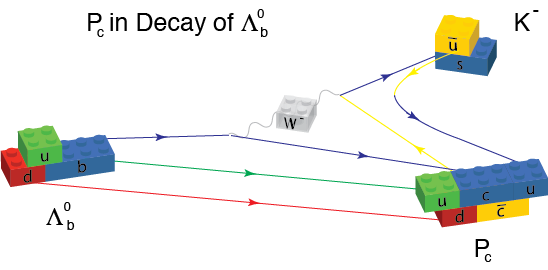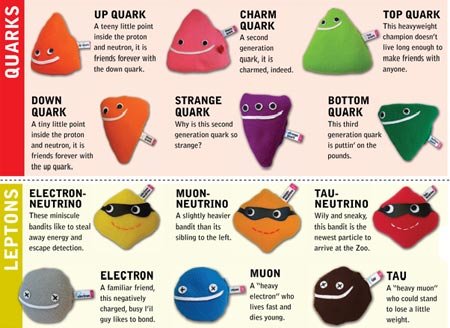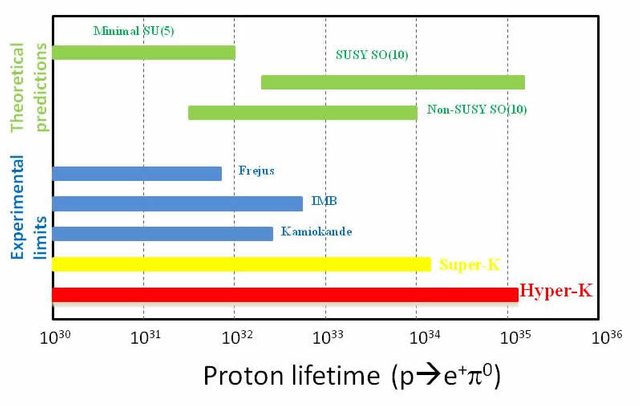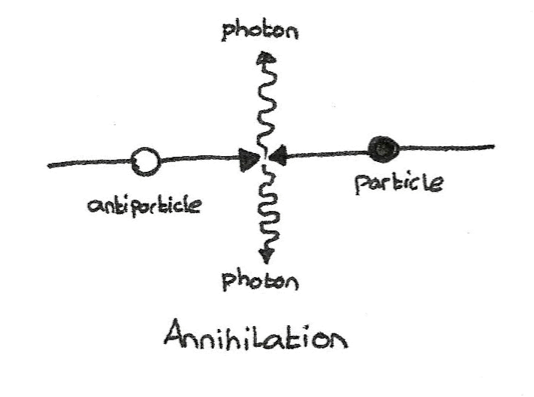The Curious Quantum World: Part 9 - Immortal Protons and the Decaying Strangeness of Λ⁰

New conservation laws are discovered by noticing that some reactions are impossible.

If a reaction is possible but statistically rare, we can associate it with an approximate conservation law. Typically, these conservation laws only apply to some of the fundamental forces. Familiar examples of approximate conservation laws include isospin and parity.
A particularly interesting example of an approximate conservation law applies to a particle called the Lambda baryon (Λ⁰).

Λ⁰ is like a heavier cousin of the neutron. It can decay into a proton and a π⁻ meson, conserving energy, charge, baryon number, and so forth. All of the particles involved are either baryons or mesons. So they can all participate in the strong nuclear force. What is strange about the decay is that, relative to similar processes, it takes an extraordinarily long time to happen.
American physicist Murray Gell-Mann and Japanese physicist Kazuhiko Nishijima proposed an property called strangeness that is conserved by the strong nuclear and the electromagnetic forces but not the weak nuclear force.

Λ⁰ has strangeness but decays into unstrange particles. Thus the decay can only take place by the weak nuclear force. A much weaker force means a much slower process and a much-longerlived particle.
We said that the proton is a stable particle and its lifetime is infinite but how do we know this?

According to some modern speculative particle theories, baryon number is not conserved; protons should eventually decay. A lot of experiments have looked for proton decay but have never seen it. The current estimate of proton life is at least 1 × 10³³ years. We think Hawking radiation may be an example of baryon number not being conserved. If true this would demonstrate a rare example of gravity affecting particle decay.

An electron and a positron can annihilate each other, leaving behind nothing but photons.

But conservation laws prevents an electron and a proton from annihilating each other in a similar way. To comprehend the meaning of approximate conservation, think of commonplace items that are nearly unchanged over a human lifetime versus items that are created or destroyed much more rapidly. For instance, houses are approximately conserved, while daffodils come and go much more rapidly.
End Part 9
PART 1, PART 2, PART 3, PART 4, PART 5, PART 6, PART 7, PART 8, PART 9, PART 10
Please Resteem  or Follow @pjheinz
or Follow @pjheinz
Image Credits:
You touched me... I did my master thesis on hypernuclei... memories memories... :D
It is also the first time I saw legos used for the building blocks of the particles. I will definitely borrow the idea for practical grounds! Thanks for this!
I am glad you enjoyed it @lemouth. I find more exotic particles to be the most interesting because they show us the range of complexity that can emerge from such a simple set of parts. I really like the idea of lego based physics models; it really helps the concepts snap into place.